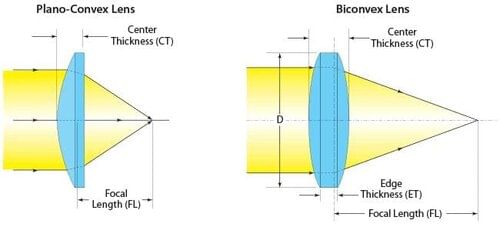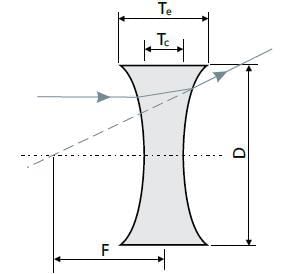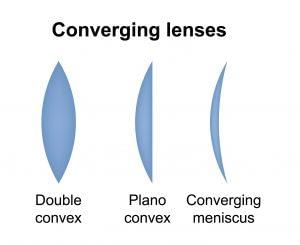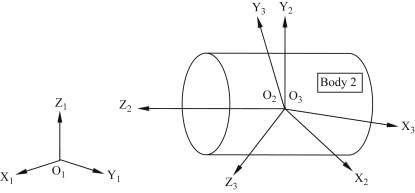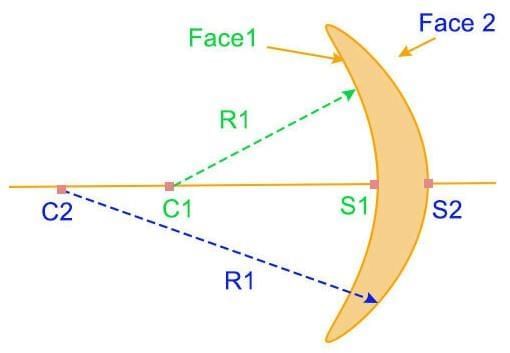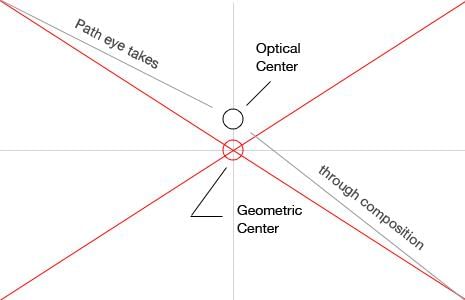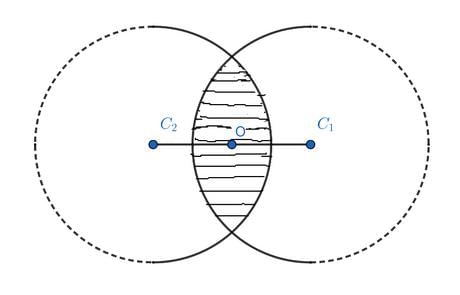|
A lens with one surface plane and the other surface convex is called a ___ lens. |
Card: 1 / 28 |
|
I am a lens that diverges light and is thicker at the periphery than at the middle. What am I? |
Card: 5 / 28 |
|
The three types of convex lenses are bi-convex (double-convex or equi-convex), plano-convex, and concavo-convex. |
Card: 10 / 28 |
|
What is the origin of the coordinate system used for measuring distances in optics? |
Card: 11 / 28 |
|
Fill in the blank: The focal length of a convex lens is taken as ___ and that of a concave lens is taken as ___. |
Card: 13 / 28 |
 Unlock all Flashcards with EduRev Infinity Plan Starting from @ ₹99 only
|
|
True or False: All lengths measured below the principal axis are considered positive. |
Card: 15 / 28 |
|
In a lens system, what convention is followed for distances measured above the principal axis? |
Card: 17 / 28 |
|
What is the significance of placing the object on the left of the lens in the sign convention? |
Card: 19 / 28 |
|
Placing the object on the left of the lens aligns the measurements with the Cartesian coordinate system. |
Card: 20 / 28 |
|
Fill in the blank: The point on the principal axis of a lens through which light rays pass undeviated is called the ___. |
Card: 21 / 28 |
|
True or False: A lens has only one principal focus located on one side of the optical centre. |
Card: 23 / 28 |
|
False. A lens has two principal foci situated at equal distances from the optical centre, one on either side. |
Card: 24 / 28 |
|
Riddle: I am the line that connects two centers, but I am not a road. I help in understanding how light flows through a lens. What am I? |
Card: 25 / 28 |
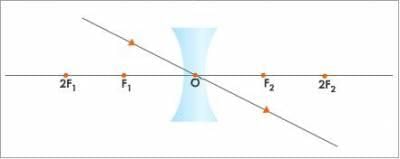 A ray of light passing through the optical center of the lens will emerge without any deviation. |
Card: 28 / 28 |





